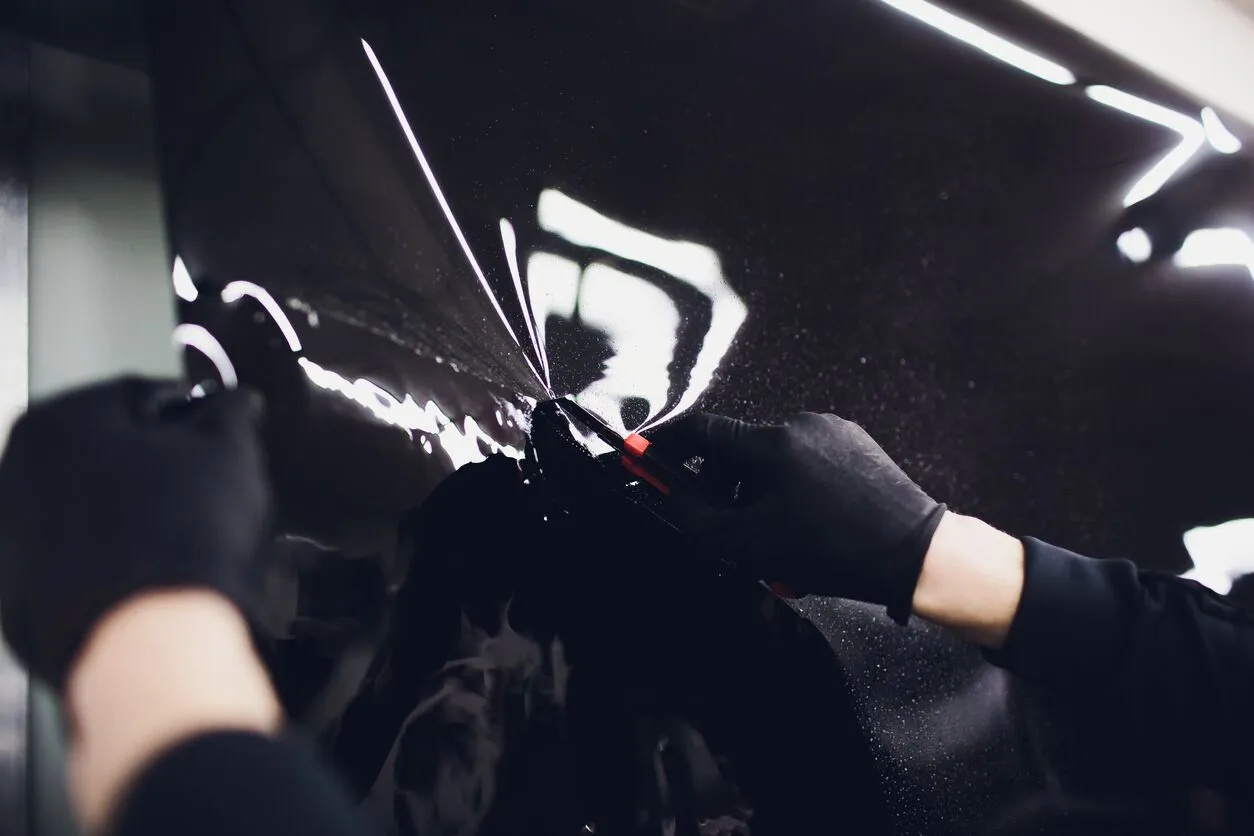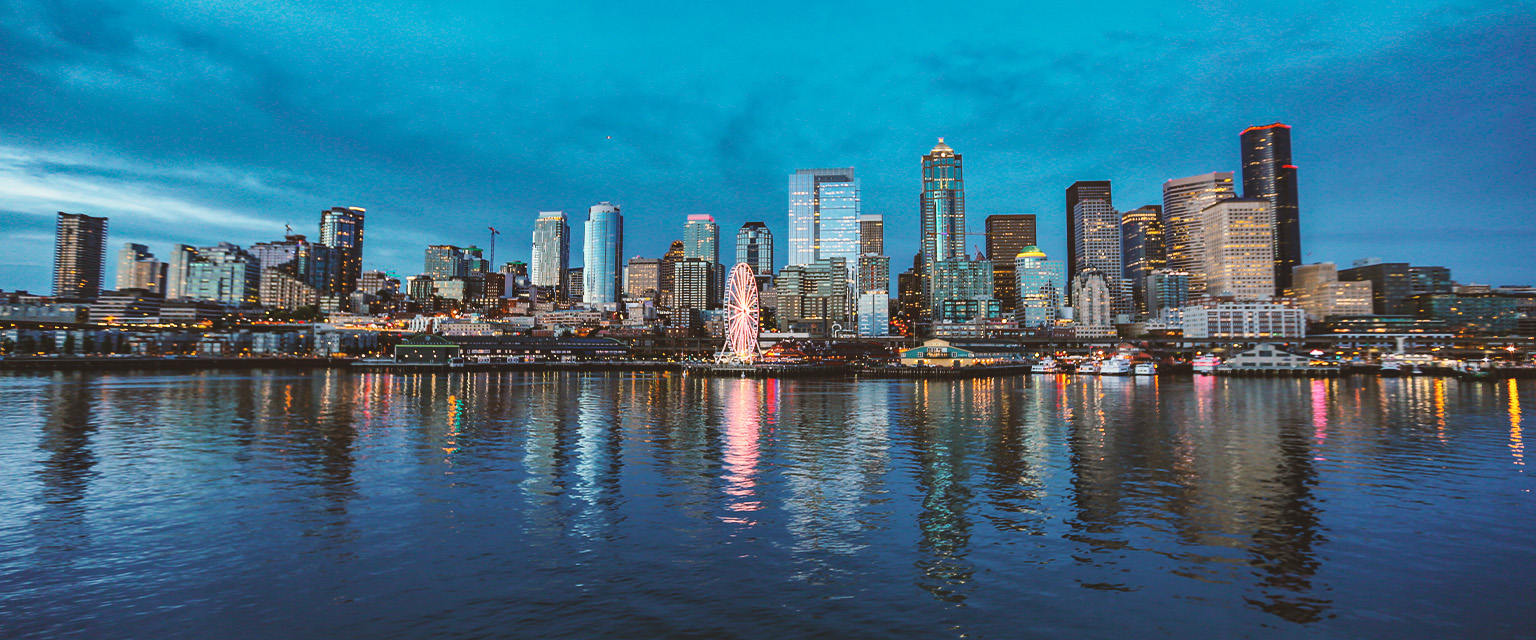
Tinted windows offer style, privacy, and protection from the sun, but in Washington, you can’t just tint your windows however you like. The state has specific laws about how dark your windows can be and where certain types of tint are allowed. If you don’t follow these rules, you could face fines—or worse, legal complications if your vehicle is involved in an accident. In some cases, a car accident lawyer may need to get involved if window tint becomes a factor in determining fault or liability.
Understanding Washington’s window tint laws is key for drivers who want to stay street-legal and avoid unnecessary trouble.
What Are Washington’s Window Tint Limits?
Washington uses a measurement called Visible Light Transmission (VLT) to define how dark your window tint can be. VLT is the percentage of light that can pass through both the glass and the tint film.
Here are the legal limits by window type for a standard passenger vehicle:
- Rear and all side windows: Must allow at least 24% of light through.
- Windshield: Tint is only allowed on the top 6 inches (the “AS-1” line) and must be non-reflective.
These limits apply to both factory tint and aftermarket film.
Some exceptions may apply for certain medical conditions, but documentation is required. The rules may also vary for different types of vehicles, such as trucks, motor homes, and multi-purpose passenger vehicles. Consult with a Seattle car accident attorney if you are not sure about the requirements for your vehicle.
Can You Use Reflective or Colored Tint?
In Washington, mirrored tint is not permitted on any window. The law also prohibits red, yellow, amber, or black tint colors, regardless of VLT. The state’s reflectance limit is typically 35% or less for any window except the windshield. Different vehicle types may have different requirements.
The goal is to prevent excessive glare and ensure that law enforcement officers can see into vehicles when needed. Tint that’s too reflective or too dark can also pose safety risks in low-light conditions or distract other drivers.
What Happens if You Break the Tint Laws?
Driving with illegal window tint can lead to a traffic infraction.
While it may not seem like a big deal, it can cause problems down the line:
- You could get pulled over for non-compliant tint.
- You may receive a ticket and be required to remove the film.
- Insurance claims could be impacted if tint plays a role in an accident.
In some legal cases, especially those involving injuries or vehicle modifications, non-compliant tint has been cited as a contributing factor.
Tint Laws for Different Vehicle Types
The rules above usually apply to passenger vehicles like sedans and coupes. But the laws can be slightly different if you drive a different vehicle, such as an SUV or van. In many cases, the rear windows of these vehicles can have darker tints as long as the front side windows stay within the legal limit.
Check how your vehicle is classified under Washington’s window tint law and verify the requirements that apply to your vehicle.
How to Stay Compliant with Tint Rules
If you’re thinking about tinting your windows—or already have tint installed—here are a few tips to make sure you’re within the law:
- Ideally, know your VLT percentage before installation.
- Ask your installer for documentation that proves compliance.
- Keep a copy of any relevant medical exemption paperwork in the vehicle.
- Avoid colored or highly reflective tint altogether.
Following these steps can help you avoid fines and keep your vehicle in line with Washington’s requirements.
Legal Issues Related to Tint and Car Accidents
Window tint might not seem like a significant legal issue, but it can be in the context of a crash. If visibility is questioned or law enforcement claims your tint played a role, it could affect your case. Vehicle modifications—including illegal tint—can be raised in personal injury or insurance disputes.
If you’re involved in a crash or citation and aren’t sure how your window tint affects the outcome, it may help to speak with someone familiar with Washington traffic law.
Window tint offers great benefits—but only if you follow the rules. In Washington, that means staying within the legal VLT range, avoiding banned colors, and making sure your vehicle setup matches what’s allowed by law. Knowing the rules and applying them properly can save you from tickets, delays, and legal complications later on.
Contact The Seattle Car Accident Lawyers at Darrell Cochran Personal Injury Lawyer For More Help
For more information, contact an experienced car accident lawyer at Darrell Cochran Personal Injury Lawyer to schedule a free initial consultation. We have convenient locations in Seattle and Tacoma, Washington.
Darrell Cochran Personal Injury Lawyer – Seattle
701 5th Ave Suite 4300A, Seattle, WA 98104
(253) 948-0250
Monday to Friday
8:00 AM to 5:00 PM
Darrell Cochran Personal Injury Lawyer – Tacoma
909 A St Ste 700, Tacoma, WA 98402
(253) 264-0225
Monday to Friday
8:00 AM to 5:00 PM
